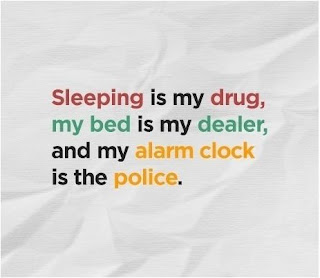It’s that time of the year that the winter enthusiast has
been waiting for. Whether you’re a backcountry skier, snowboarder, hiker or snowmobiler’s
back country safety is without a question of paramount importance. People are killed enjoying back country activities
every year. In some cases, the fatalities may have been avoided. In other
cases, people were prepared, skilled and smart yet they still got hurt.
Back country skiing is inherently dangerous and you should be aware of that
every time you head out. I strongly advise a backcountry
safety course to brush up on avalanche safety before you head out for the first
run on the season. The Canadian
Avalanche Center offer Avalanche safety training courses. The ability to
recognize and avoid avalanche terrain and effectively rescue a member of the
group buried by an avalanche are essential winter survival skills for outdoors
enthusiasts. Visit http://www.avalanche.ca/cac/training/ast
or you local outdoor skills center for more info.
Below are some of the absolute necessity
you should have before you head out .
ESSENTIAL EQUIPMENT
TRANSCEIVER
Avalanche
transceivers are small electronic devices worn by all members of a team. When
travelling, everyone sends out a radio signal; in the event of an avalanche
those not buried switch to search mode and follow the signal towards a buried
person.
SHOVEL
You
think shovelling is straightforward? Think again. Good shoveling technique can
save you tens of minutes if you’re trying to get someone out of a deep hole! But you need the right tool – not
all shovels are created equal!
PROBE
Transceivers
get you close fast and a probe is how you actually find someone. Probes are
like sectional tent poles that snap together. An assembled probe inserted in
the snow in a systematic pattern lets you physically pinpoint someone under the
snow so you don’t waste time digging.
BACK COUNTRY KIT
SURVIVAL GEAR
flashlight,
candles, tool kit, pocket knife, first aid kit, strobe, radio or cell, high
energy food/drinks, tow rope, waterproof matches, extra batteries, extra key,
ax and saw, mirror/reflective material, thermal blanket, spark drive belt and
spark plugs (for snowmobile) Ensure you have a map and compass, extra mitts
& socks, extra boot liners, flares, metal cup or pot along with extra fuel.Pack smart and check your equipment and tools each time before you head
RECOMMENED EQUIPMENT
AIRBAGS
Avalanche
airbags reduce the severity of the effects of being in an avalanche by reducing
burial depth (or even preventing burial) and facilitating rapid localization.
They also help with visibility and may provide some degree of trauma
protection.
By no means is this a comprehensive safety training program or document. Please
seek professional advice before heading out into the back country. As a back country Enthusiast and safety professional this is just a general safety message before you head out and enjoy some fresh power.
.png)

.JPG)

